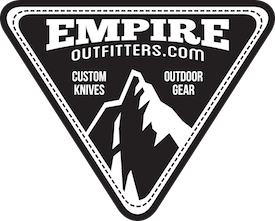Principles of Knife Carry by MDTS
MDTS Principles of Knife Carry:
“Possession does not equal proficiency” – Clint Smith
Carry your knife, it's useless if you don’t have it when you need it.
Conceal your knife. A pocket clip provides those who are looking with information about you; you are armed, you are right/left handed and more. Do not export any more data to the public and people in your environment than is absolutely necessary.
Limit cover garments to one layer over concealed knife.
One of the few elements we have absolute control over in a fight is the equipment we bring to it. Invest in good knives that won’t close on fingers when pressure is exerted on blade vertically or laterally. Invest in good sheathing for fixed blades that allows easy concealment, fast access and the ability to re-sheath easily with one hand.
The knife must be legal, reliable, serviceable, ready and accessible to both hands.
Carry more than one. A small "public" knife is recommended along with a defensive knife.
The opening mechanism of a folding knife should be relatively simple; it may not always be you utilizing it (i.e. wife, son, daughter).
Sheaths should be rigid, secure, familiar and compatible to the carrier’s personal and environmental circumstances.
As a general rule, primary tools (tools you rely upon to protect your life i.e. a defensive edged weapon) should be carried at the hips forward. Secondary and tertiary gear carried hips rearward.
Situational awareness, environmental awareness, physical awareness and proper concealment are the primary means of weapon retention.
For defensive purposes a knife is only as good as you are at accessing and deploying it.
-Chris Fry of MDTS http://www.mdtstraining.com
